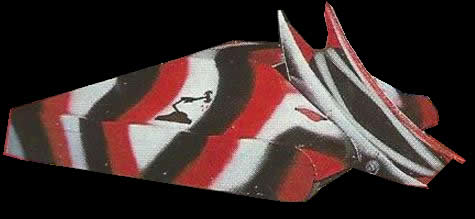Subject: Tuning
Author:
Posted on: 2017-05-13 01:20:00 UTC
Never fear, your friendly neighbourhood acoustician is here!
You're correct, some of the notes are "out of tune".
This might be because they're putting actual data in and it isn't perfectly in whole number ratios (but close enough that the system is still stable). But even if it was, some notes would still sound out of tune according to our modern tuning system. This whole issue is what acoustics and musical theory calls "temperament", and basically relates to how in tune you want/need music to be for different intervals or for playing in different keys.
The resonances that the planets are locked into are based on the harmonic series, where everything is in whole number ratios to a fundamental tone (in this case, half the frequency of the furthermost planet). The higher notes in a harmonic series are slightly "out of tune".
Basically, musical intervals sound 'consonant' to our ears if the frequency ratio is in whole number ratios, and if the numbers in a ratio are small. So an octave (e.g. C-C) is a frequency ratio of 2:1, and a fifth (e.g. C-G) is a frequency ratio of 3:2.
By adding in extra ratios, you can fill in the other notes of the scale, e.g.
C = 1/1
D = 9/8
E = 5/4
F = 4/3
G = 3/2
A = 5/3
B = 15/8
C = 2/1
The issue with using this tuning is that the intervals between the individual notes are not constant (if you divide the ratios together, e.g. D/C, you end up with tones and semitones, as expected, but there are actually two different 'sizes' of tone). So some intervals and some notes may be nicely in tune, but other notes or intervals sound out of tune.
This is all fine if you only ever play major scale music in one key, but if you tune a keyboard to C major in the above tuning scheme (which is called just intonation) and then play in a different key, the intervals will now start off on a different note. Say we tried to play music in D major on that keyboard: the fifth D-A would have a ratio of 1.481, while the fifth C-G would have a ratio of 1.5 (3:2).
In short, using tuning based on whole numbers of frequencies means that only some intervals sound consonant to our ears, and that some ratios (especially if the whole numbers in the ratio are large) will sound "out of tune", and this gets worse for more complex intervals, or where you go over multiple octaves (see https://en.wikipedia.org/wiki/Pythagorean_comma for more detail).
This is also why modern pianos use "equal temperament" tuning - every semitone is equally spaced so that pianos can play in every key the same way, but it means that some intervals are very slightly out of tune. It's a compromise between being perfectly in tune in one key and the ability to play in any key. Singers and chamber musicians (e.g. string quartets) tend to use the "just intonation" tuning if left to their own devices without a piano.
Elcalion, harmonious












